The Hidden Costs of Storm Damage
Storm damage is often associated with visible destruction: fallen trees, flooded homes, or shattered windows. While these are the immediate and obvious consequences of severe weather, the true cost of storm damage often goes much deeper. Hidden costs—both financial and emotional—can linger long after the skies clear. That’s why proactive prevention, not just reactive recovery, is essential year-round.
In this article, we’ll explore the hidden costs of storm damage, explain why prevention should be a priority, and provide actionable steps to protect your property and peace of mind.
Understanding the Hidden Costs of Storm Damage
Storms don’t just disrupt the moment—they leave behind a cascade of consequences that can strain your finances, health, and well-being. Many of these costs remain hidden until they accumulate, making them harder to address if you’re unprepared.
1. Long-Term Property Damage
What appears to be minor damage can quickly escalate into a costly issue if left unaddressed.
- Water Intrusion: A small leak caused by storm damage can lead to mold growth, structural rot, or compromised foundations over time.
- Roof Deterioration: Missing shingles may not seem urgent, but prolonged exposure to the elements can cause extensive roof and attic damage.
- Electrical Issues: Downed power lines or short circuits from water damage can lead to dangerous electrical fires or expensive repairs.
2. Increased Insurance Premiums
Filing multiple claims for storm-related damage can result in higher insurance premiums.
- Insurers may view frequent claims as a sign of high risk, even if the damage was unavoidable.
- Over time, you may find yourself paying significantly more for coverage—or even struggling to find affordable policies.
3. Business Disruptions
For business owners, storm damage can halt operations, leading to lost revenue and productivity.
- Damaged inventory, equipment, or facilities can delay reopening.
- Without a robust continuity plan, customers may turn to competitors during prolonged closures.
4. Emotional Toll
Storm damage isn’t just financial—it takes a psychological toll as well.
- Displacement from your home or business disrupts routines and causes stress.
- The emotional strain of navigating repairs, insurance claims, and recovery can weigh heavily on individuals and families.
5. Environmental and Community Costs
Storm damage impacts more than just individual properties—it affects entire communities.
- Flooding can contaminate water supplies, leading to public health concerns.
- Rebuilding efforts generate waste and emissions, further stressing the environment.
Why Prevention Matters Year-Round
Storms are becoming more frequent and severe due to changing climate conditions, making prevention a necessity rather than a seasonal task. Year-round preparedness offers several critical benefits:
1. Financial Savings
Proactive maintenance and preparation cost far less than post-disaster repairs. For example:
- Installing storm shutters or reinforcing your roof can prevent thousands of dollars in damage.
- Regularly clearing gutters and inspecting drainage systems reduces the risk of costly flooding.
2. Insurance Benefits
Many insurers offer discounts for policyholders who take preventive measures, such as installing impact-resistant windows or elevating homes in flood-prone areas.
- Prevention also reduces the likelihood of filing claims, helping you avoid premium hikes.
3. Safety and Peace of Mind
Preventive actions reduce the risk of injury to your family, employees, or customers during a storm.
- Knowing your property is secure allows you to focus on safety and evacuation if needed, rather than scrambling to address vulnerabilities.
4. Environmental Sustainability
Mitigating storm damage lessens the environmental impact of rebuilding and waste disposal.
- For example, maintaining natural barriers like trees and wetlands helps absorb storm surge and reduce flooding.
Proactive Steps to Prevent Storm Damage
Storm prevention isn’t a one-time effort—it’s a year-round commitment. Here’s how you can protect your property and minimize hidden costs.
1. Fortify Your Home or Business
Investing in structural improvements reduces the risk of damage from wind, rain, and debris.
- Roof Reinforcement: Install impact-resistant shingles and secure loose tiles.
- Window Protection: Add storm shutters or use impact-resistant glass.
- Sealing and Caulking: Seal gaps around windows, doors, and walls to prevent water intrusion.
2. Maintain Drainage Systems
Flooding is one of the most common consequences of storms, but proper drainage can mitigate its impact.
- Regularly clean gutters and downspouts to ensure water flows away from your property.
- Inspect and maintain sump pumps to prevent basement flooding.
3. Secure Outdoor Areas
High winds can turn outdoor furniture, decorations, and debris into projectiles.
- Anchor or store loose items before storms arrive.
- Trim trees and remove dead branches near your home or power lines.
4. Invest in Emergency Power
Power outages are a frequent byproduct of storms, but backup systems can keep you operational.
- Install a generator to power essential appliances during outages.
- Use surge protectors to prevent damage to electronics.
5. Create a Preparedness Plan
Preparation isn’t just about your property—it’s about ensuring the safety of everyone involved.
- Develop an evacuation plan and share it with family or employees.
- Stock an emergency kit with essentials like water, non-perishable food, flashlights, batteries, and first-aid supplies.
- Keep important documents in a waterproof container.
What to Do After a Storm
Despite your best efforts, storms can still cause damage. How you respond afterward can significantly influence the long-term impact.
1. Prioritize Safety
- Avoid entering floodwaters or damaged structures until they’ve been inspected.
- Shut off gas, water, and electricity if you suspect damage to these systems.
2. Document the Damage
- Take detailed photos of all affected areas and items to support insurance claims.
- List damaged belongings with approximate values for your claim.
3. File Insurance Claims Promptly
- Contact your insurer immediately to begin the claims process.
- Work with professionals, like Disaster South, to ensure an accurate assessment of damages.
4. Invest in Repairs Wisely
- Address safety hazards like structural or electrical damage first.
- Consider upgrading materials to more resilient options during repairs.
How Disaster South Can Help
At Disaster South, we specialize in minimizing the hidden costs of storm damage by offering comprehensive prevention and recovery services. Our team provides:
- Risk Assessments: Identify vulnerabilities in your home or business and recommend practical improvements.
- Storm-Resistant Upgrades: From impact-resistant windows to floodproofing solutions, we help you fortify your property.
- Emergency Response: In the aftermath of a storm, our experts offer fast, reliable restoration to get you back on track.
- Insurance Support: Navigating claims can be overwhelming, but we assist with documentation and advocacy to maximize your coverage.
Prevention is Priceless
The hidden costs of storm damage can far exceed the visible destruction, affecting your finances, health, and community. By investing in year-round prevention, you can save money, reduce stress, and build resilience for the future.
Don’t wait for the next storm to test your preparedness. Take action today to protect what matters most. Contact Disaster South for expert guidance, reliable restoration, and peace of mind. Together, we can weather any storm and emerge stronger on the other side.

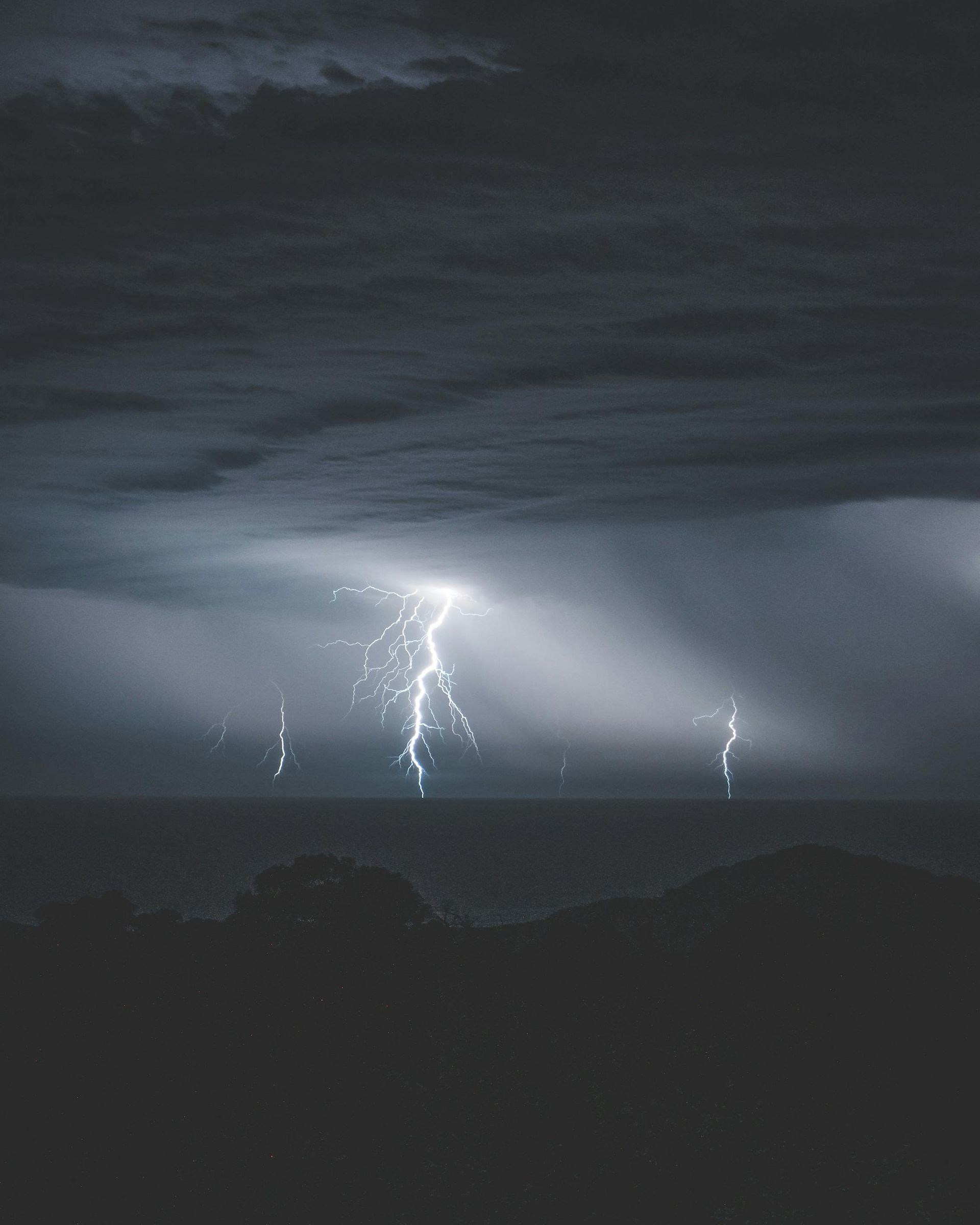
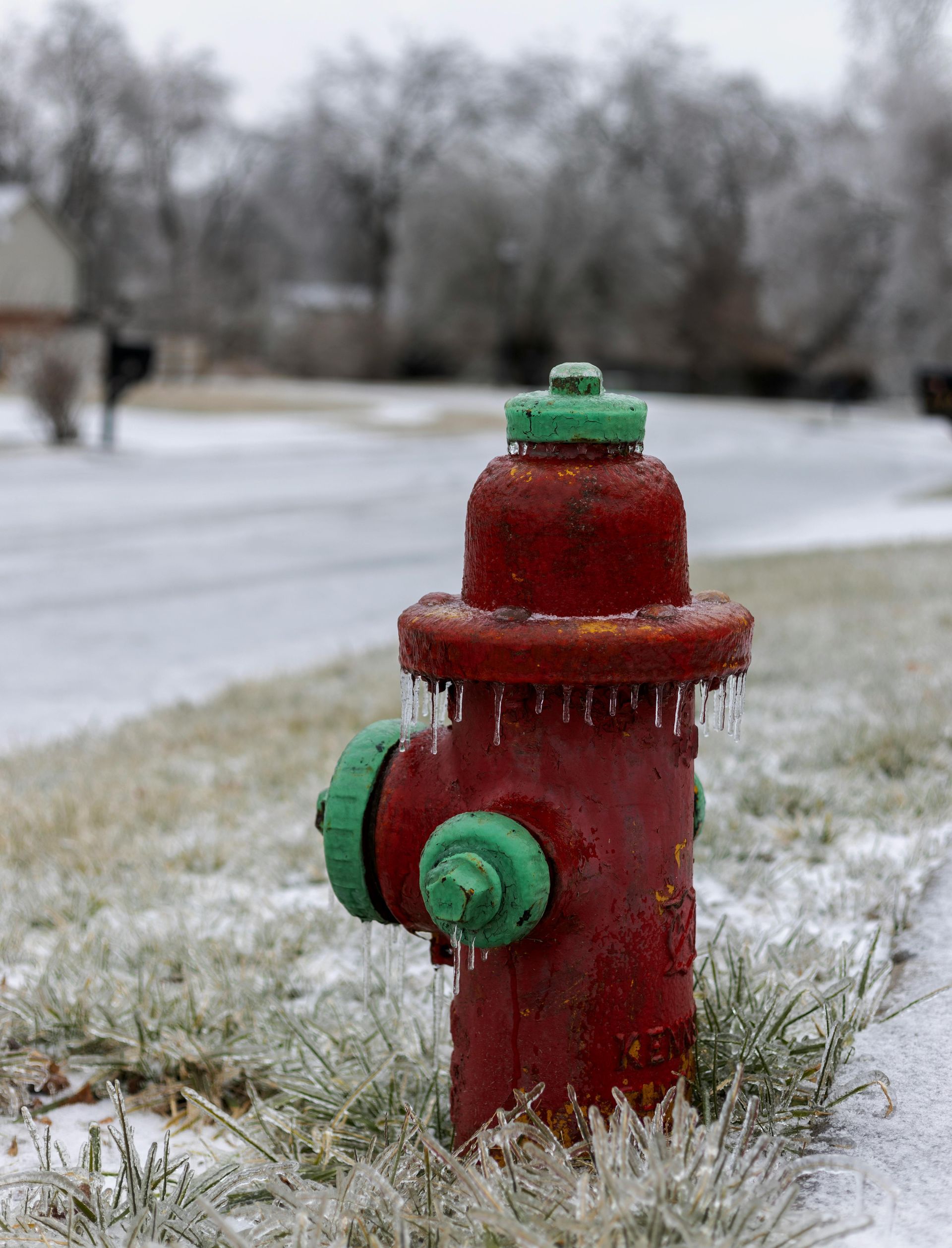
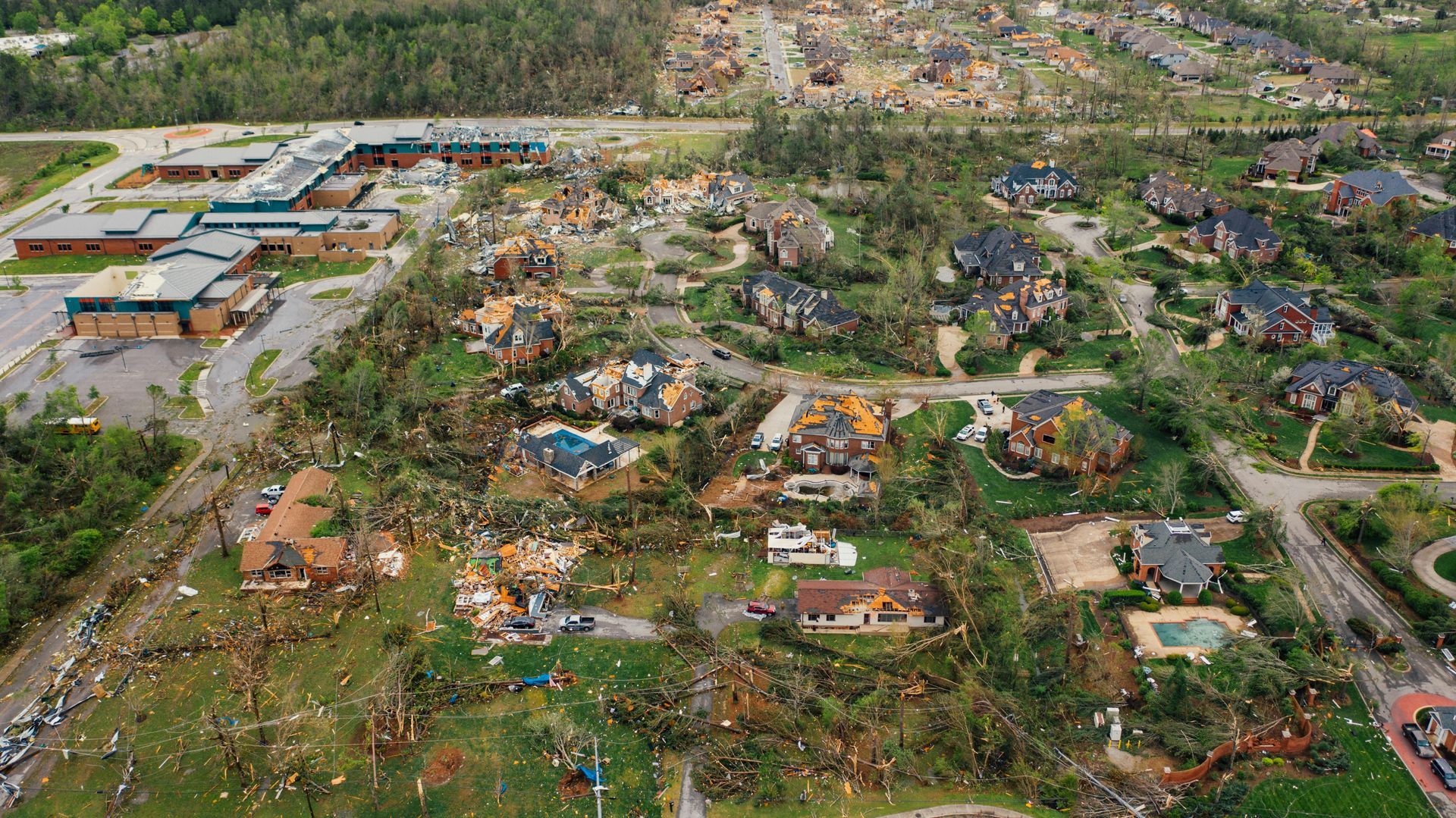

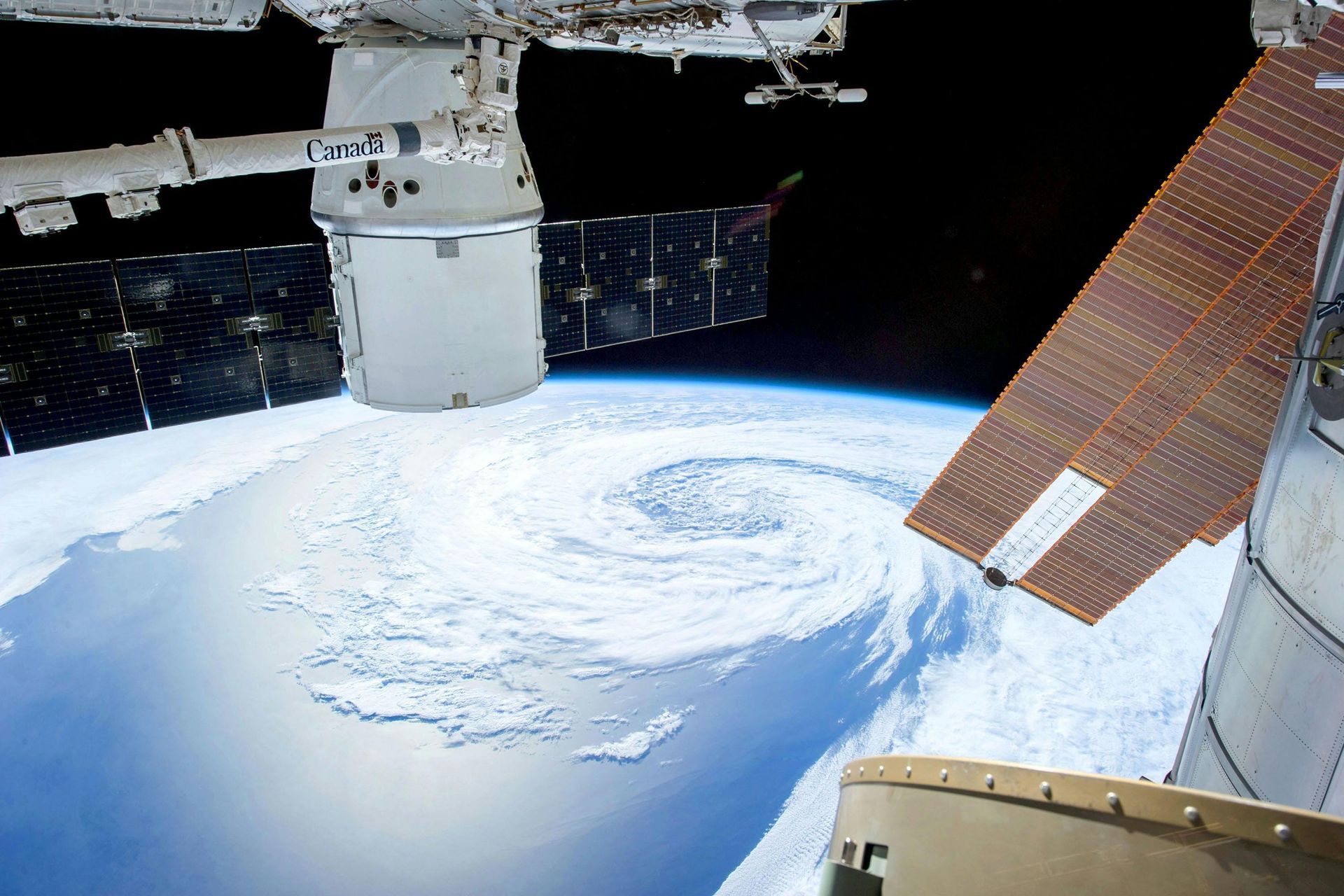
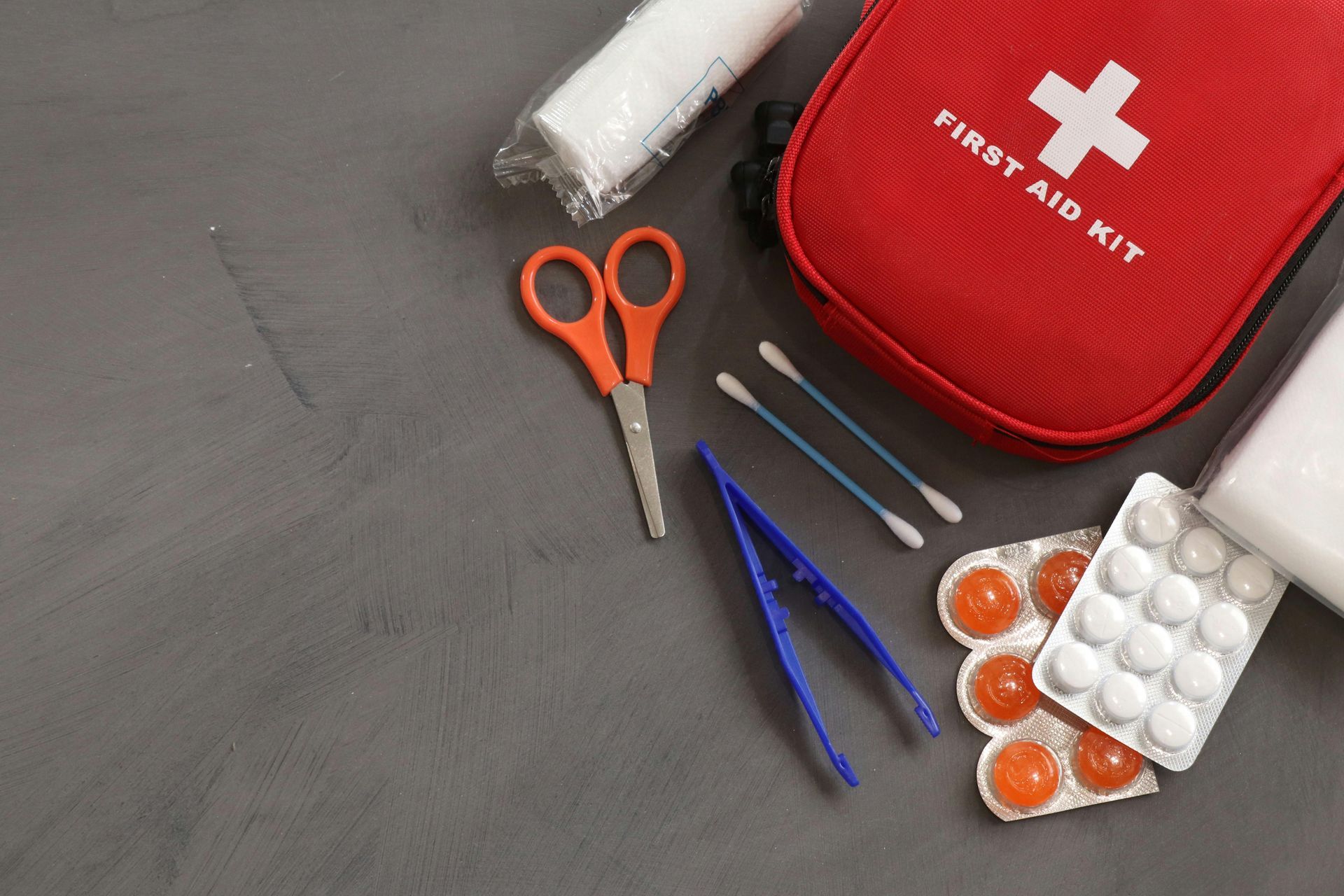
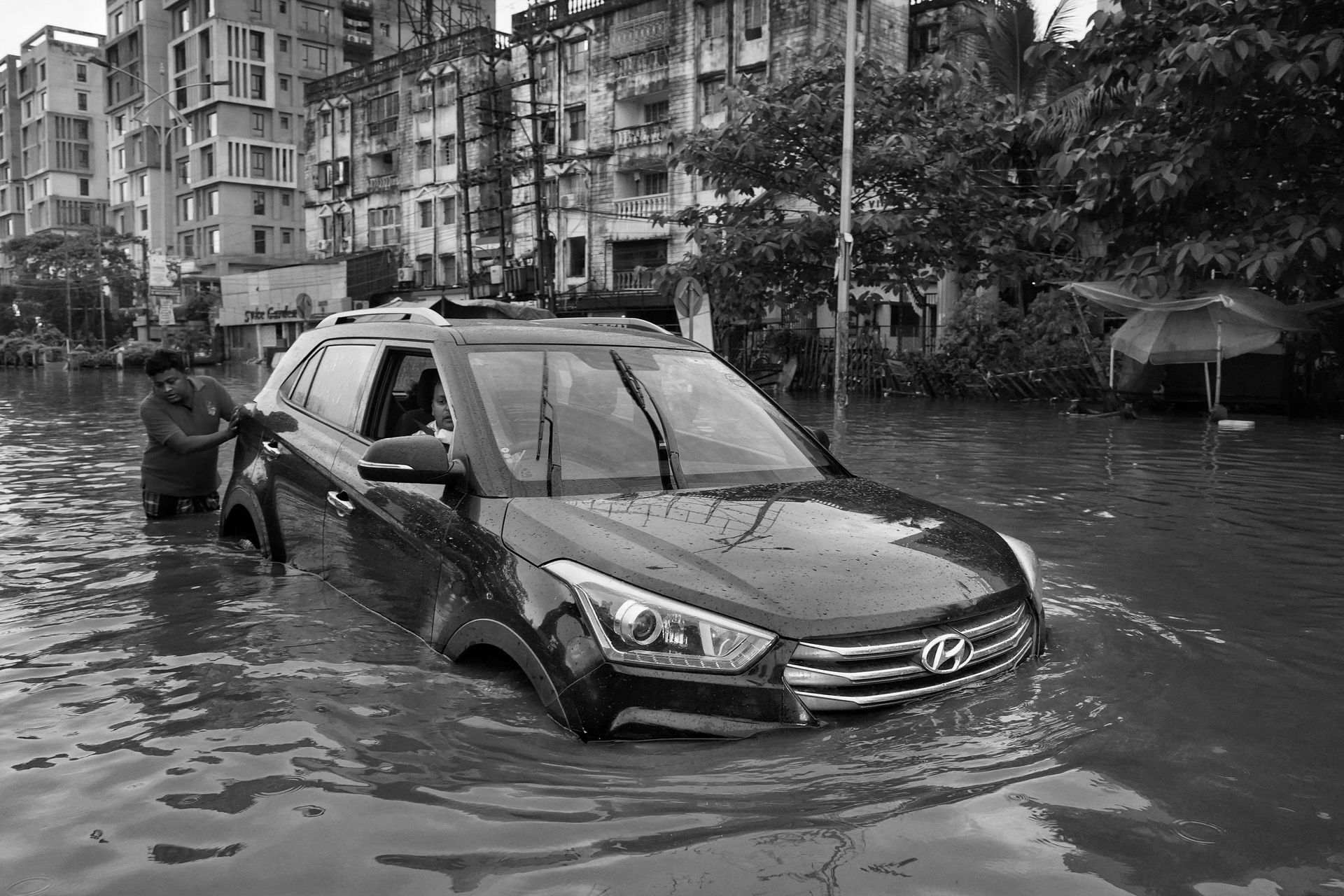

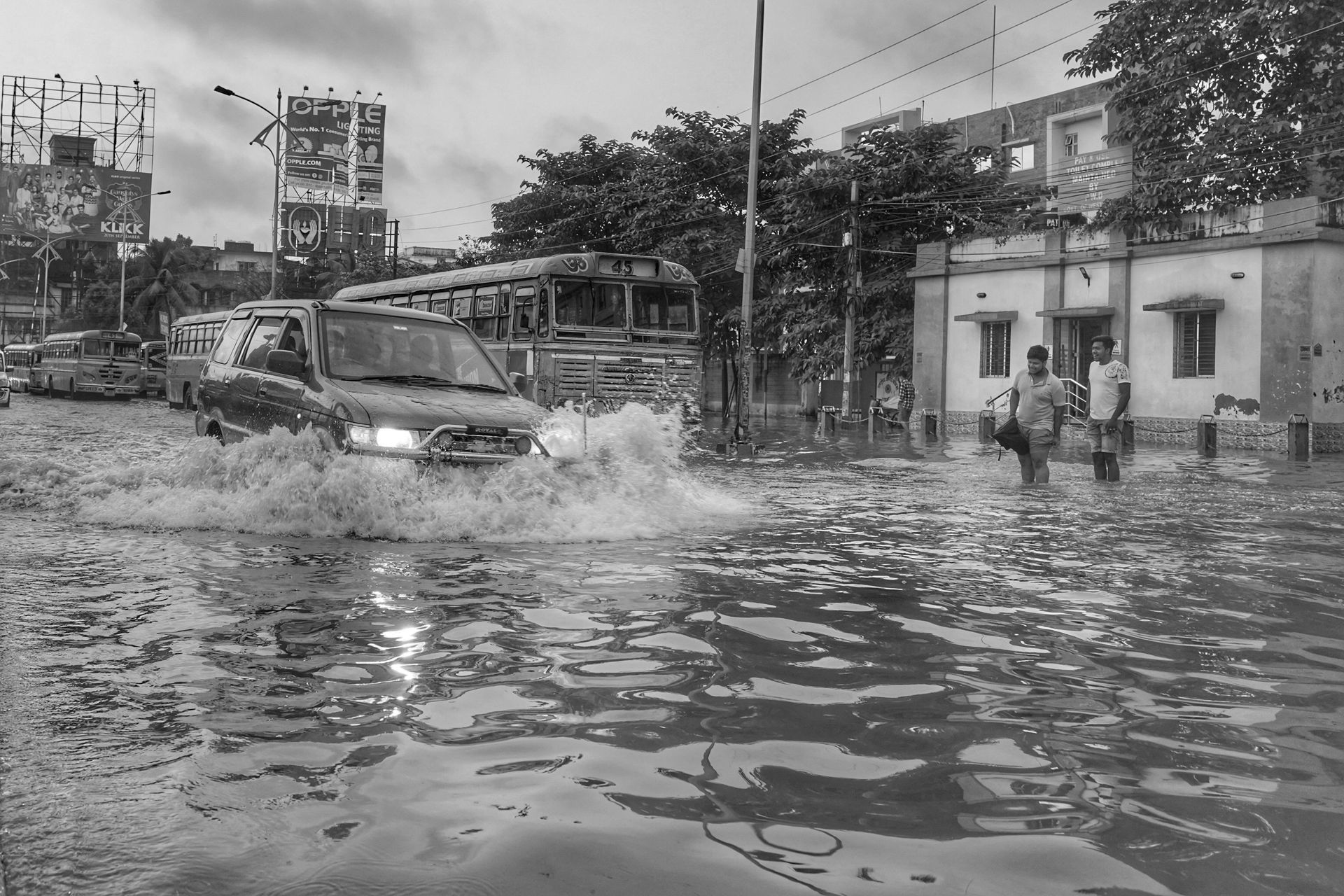
It’s Time to Restore Your Property, Reclaim Your Life, and Get Back to What Matters Most
All Rights Reserved | Disaster South